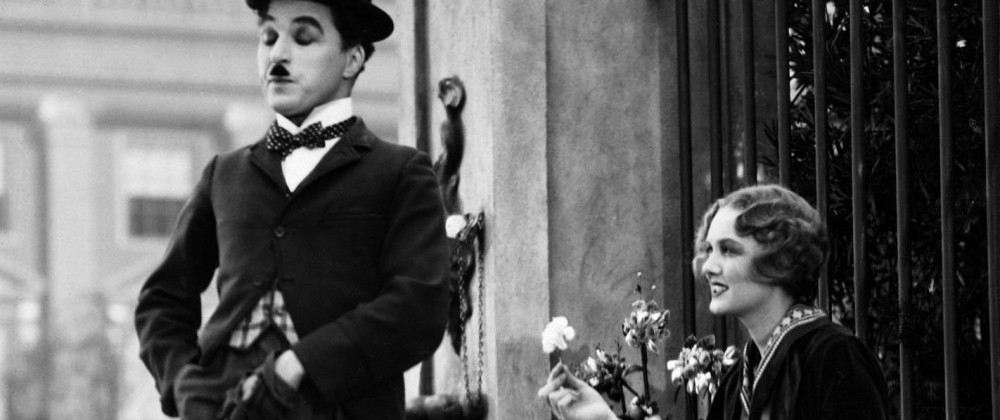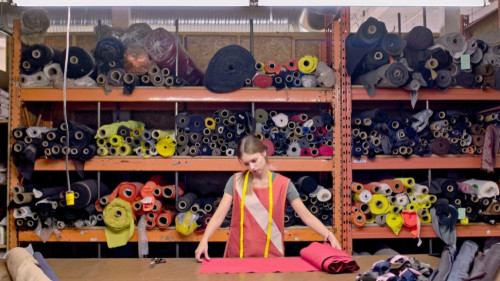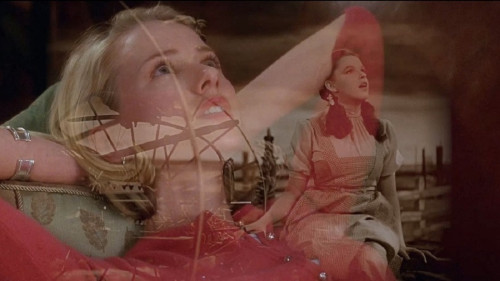Volume 14, Issue 10 / October 2010
Silent Cinema
In this issue
-
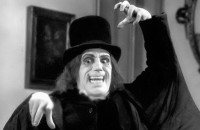
The British Silent Horror Film and the First World War
-
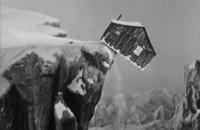
What Makes Charlie Chaplin Endure
-
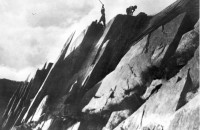
The 29th edition of the Giornate del Cinema Muto
Silent film festival in Pordenone, Italy, October 2010
-
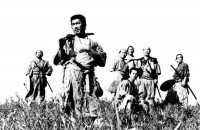
The effects of Kabuki on Akira Kurosawa’s Auteurism, Part 1
Introduction and Background
-
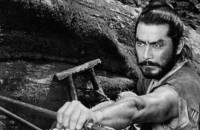
The effects of Kabuki on Akira Kurosawa’s Auteurism, Part 2
Japanese Cinema and Akira Kurosawa
In this issue Offscreen dedicates most (three of its five essays) of its space to the wonderful, beautiful world of silent cinema. The transition to sound occurred across all National cinemas but at a different pace, with some leading the way (like United States and Germany) and others lagging behind by several years, for varied reasons (like the cinema being featured in the two-part non-silent cinema essays, Japan, which held back on sound until the early 1930s, partly because of the powerful benshi association). While the casual viewer may think of silent cinema as a primitive stepping stone to the fully mature sound cinema, students, fans and scholars know that silent cinema was also its own particular language, which had its own unique license to transmit meaning and emotion through a direct form of visual expression. The serious study of silent cinema was triggered by the seminal 1978 Brighton Film Conference, which saw many international silent film scholars invited to share their research and view some of the over 600 pre-1907 films that were screened. See the above link for a list of sources in which the Conference papers were collected. The study of silent cinema has never looked back and remains one of the most invigorating areas in film studies. Offscreen has featured many silent films over the years, and is especially happy to be able to feature it in a special issue. The issue begins with a probing (dare I say groundbreaking?) research-based analysis into the question of whether one can chart a ‘pre-history’ of the horror genre in British cinema, similar to what has been done with American and German cinemas of the teens and twenties. First-time Offcreen author Simon Brown relies on secondary sources of key films (since most of the films are lost) to lay out his argument. Up next is my own tribute to one of the most iconic figures all all cinema, let alone silent, Charles Chaplin. My piece is largely triggered by an ongoing major travelling retrospective tour of Chaplin’s feature films. The single writer who has contributed the most to Offscreen‘s silent cinema coverage, Peter Rist, follows with a report on the latest Pordenone Silent Film Festival (Le Giornate del Cinema Muto), which ran from October 2-9, 2010. In a nice fit with our final non-silent cinema two-part essay, Rist concentrates on this year’s focus on three Japanese Shochiku Masters, Yasujiro Shimazu (1897-1945), Hiroshi Shimizu (1903-1966), and Kiyohiko Ushihara (1897-1985). As noted, the issue concludes with Alireza Vahdani’s two-part essay on the influence of Kabuki theatre on Akira Kurosawa, and its impact on issues of authorship (or auteurism). (Donato Totaro, ed.)

